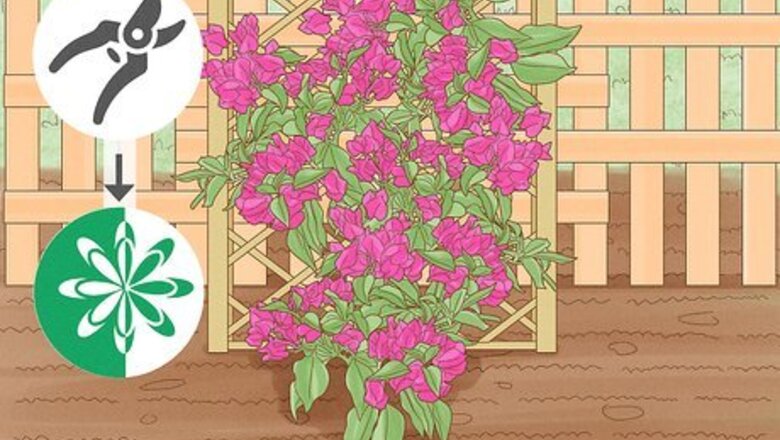
views
Gearing Up to Prune
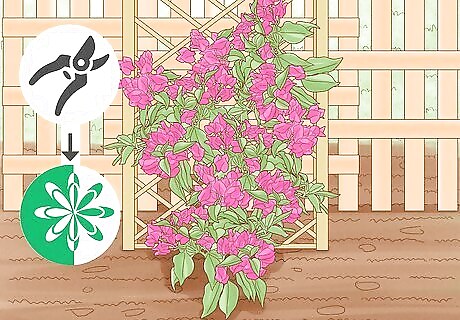
Prune in early spring. Bougainvillea can technically be pruned at any time of the year, but the best time to do so for the integrity of the plant is in very early spring, before the plant has begun to produce buds for new flowers. If you wait until the buds have formed, you'll cut off the new growth and limit flower production. If you prune too early, frost can kill the new growth that immediately emerges after pruning. Bougainvillea bloom in cycles, with months of vigorous blooming followed by rest periods. Pruning before the beginning of a new cycle allows the vine to produce vigorous new growth. The exact month of the year during which bougainvillea should be pruned differs by region. The easiest way to tell whether it's time is to simply check the weather or the Farmer’s Almanac. When the last chance of frost has passed, but before the vine has begun to bud, it's time to prune.
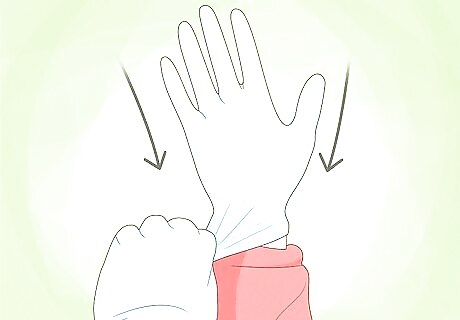
Wear thick gardening gloves. Many bougainvillea species have thick, very sharp thorns that can hurt your hands. Also, some species are poisonous and can even give you a rash or inflame your skin. If you're planning a big pruning session, get prepped by donning a pair of thick gloves. You might also want to wear long sleeves in a thick material to protect your wrists and arms. Some bougainvillea branches have hardly any thorns, but others are completely covered in them.
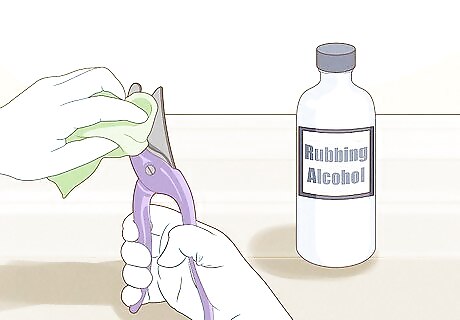
Disinfect your pruning shears. Wiping the pruning shears you're going to use with rubbing alcohol or another disinfectant will keep you from spreading disease. If you trim off a portion of bougainvillea that has been affected by disease, you don't want to spread it to another section by using the same dirty blades. Plan to wipe off the blades of your shears each time you cut off dead bougainvillea.
Pruning, Trimming and Pinching
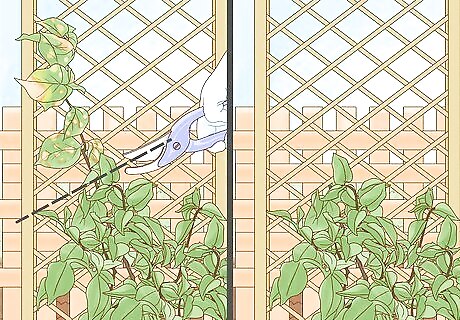
Cut away dead or diseased portions of the plant. This is the first major step when it comes to pruning. To ensure the long-term health of the plant, you want to cut back anything that looks dead or discolored. That way, you can prevent the disease from spreading to the rest of the plant. Cut the branches back to a node or flush with the main stem. Remember to wipe your pruning shears with the disinfectant after pruning diseased branches before pruning healthy branches to prevent disease from spreading. Remove the diseased branches from the area, so they don't contaminate the plant.

Remove large, obstructive branches. Pruning should open up the plant and allow it to grow into a healthy shape. If certain branches seem to be threatening the health of the plant, cut them away. Step back to look at the bougainvillea and continue pruning to obtain the shape you desire. Bear in mind that with each cut you make, new branches will emerge. Pruning helps the plant grow thicker and bushier. If you see an area that looks stringy, make a strategic cut to help it branch out there. Many bougainvillea are trained to grow up a trellis or along a fence. As you prune, you can gently wrap new shoots around the structure to which the plant is being trained, to encourage growth in that direction. Bougainvillea shrubs can be pruned to achieve all sorts of shapes. If you're growing yours in a pot, you can even prune it to take on the shape of a small tree.
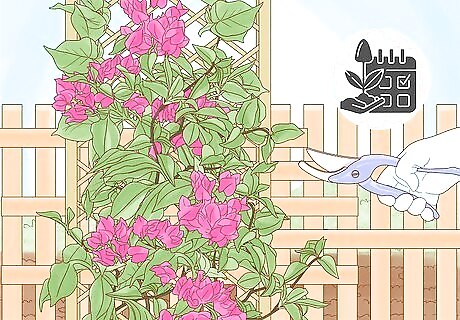
Trim the bougainvillea throughout the growing season. Trimming different from pruning, in that you're not taking out entire branches, but instead performing smaller cuts designed to maintain the shape of the plant. Use pruning shears to trim the tips of the branches just after the last node. This will encourage a new branch to form there. You can remove dead wood from the plant by trimming it at any time of year, but save the bigger pruning cuts for early spring, when the plant won't get damaged.
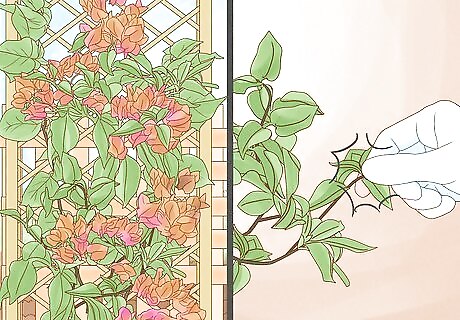
Pinch tips as the flowers fade. Perform what is called pinch pruning in between regular prunings. Simply pinch off the tops of the blooms with your fingers once they have faded, then pinch back to the next nearest branch. This will encourage new growth and new blooms.
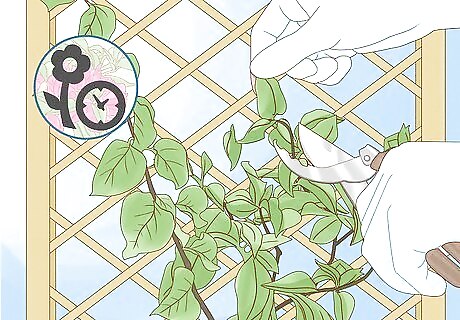
Cut back new growth midway through the blooming cycle. You can encourage a flush of new blooms by cutting back the new growth by half at the midpoint of the blooming cycle. Make cuts just above nodes to encourage new branching to occur. Be sure not to wait too late in the season, though, since toward the end of the cycle it will be too late to encourage new blooms. Don't cut into the old growth until early spring.



















Comments
0 comment